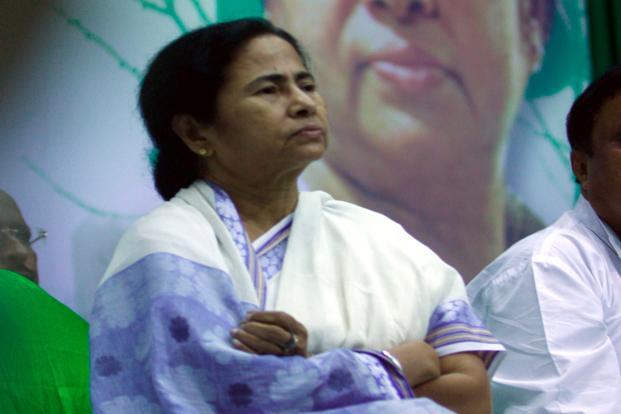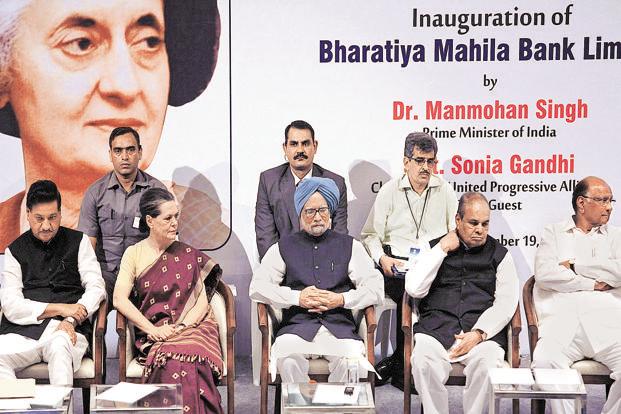Between 2007 and now, globally, two microfinance institutions (MFIs) got themselves listed on the stock exchanges. In the next six months, this number will be doubled; it could even be trebled. And, all entities opting for public listing are from India.
Equitas Holdings Ltd, one of the eight MFIs which have got the Reserve Bank of India’s (RBI) in-principle approval to float a small finance bank, has already moved India’s market regulator with its plan for an initial public offer (IPO). The proposed public issue will have a fresh issuance of shares of around Rs.600 crore and an offer for sale by its existing foreign investors. The overall issue size could be around Rs.1,500 crore, depending on the valuation of the company, in which foreign investors hold a 93% stake.
Another MFI, Ujjivan Financial Services Pvt. Ltd, which has also got an in-principle nod of the banking regulator for a small bank, is preparing for its IPO—a combination of new shares being issued and an offer for sale by its existing foreign investors. The public issue of Ujjivan, in which foreign investors hold a 89% stake, may have the same size as that of Equitas.
There could be a couple of other IPOs as well. Utkarsh Micro Finance Pvt. Ltd, in which foreign holding is 85%, could be one of them.
On 28 July 2010, SKS Microfinance Ltd, India’s largest MFI then with 5.8 million clients, became the first MFI in India to sell shares through a $350 million IPO. The offering was subscribed 13 times. A little more than a month after it got listed on 16 August 2010, SKS’s share price rose 42%. SKS followed the pathbreaking $467 million IPO by Banco Compartamos in Mexico in 2007.
There is a difference between the past couple of IPOs of MFIs and the latest round. While both SKS and Banco Compartamos wanted to raise money from the public, the forthcoming offerings by MFIs are a regulatory compulsion. The MFIs need to pare the foreign stake in them to at least 49%—a pre-condition for the final licence of the Indian banking regulator. Janalakshmi Financial Services Pvt. Ltd has around 75% foreign stake and Suryoday Micro Finance Ltd 68%.
In the rest three, the foreign holding is 60% or more. If not an IPO, they would need to take the private placement route to bring down the foreign stake.
Indian MFIs expanded aggressively after the highly successful listing of SKS, encouraged by a strong demand for loans from borrowers neglected by the banking system and investors eager to put in money even as valuations kept on rising. However, that did not last long. After alleged coercive debt collection practices drove many poor borrowers to suicide, the government of Andhra Pradesh made it mandatory for MFIs in October 2010 to seek the state government’s approval before issuing fresh loans. Bad loans piled up as borrowers refused to service their debt; banks stopped lending money to MFIs; and a few of them went belly up. Since then, the scenario has changed with RBI stepping in, putting in place regulations for the industry. The formation of credit bureaus and the introduction of a code of conduct helped them adopt new practices for governance and client protection, and gain maturity. This is fine, but the question is on what basis investors will subscribe to the share sale. Indeed, all eight have a good track record as MFIs with negligible bad loans and high profitability but they will become banks in next 17 months, which is a different kettle of fish.
Janalakshmi is the biggest of them with a loan book of Rs.3,774 crore in March 2015, followed by Ujjivan with Rs.3,274 crore, and Equitas, Rs.2,144 crore. In terms of client base, too, Janalakshmi is the biggest (2.34 million). Ujjivan has 423 branches in 194 districts managed by 7,089 employees. The comparative figures for Equitas are 361, 124 and 3,925; and Janalakshmi 233, 151 and 6,257. Overall, the eight MFIs combined have 8.9 million customers being serviced by 23,575 employees at 1,829 branches. Their collective net-owned fund is around Rs.2,734 crore.
I am sure even after becoming banks, their business models will be different, and this is something investors will watch out for. For instance, Ujjivan is likely to continue what it has been doing—giving small loans to its customers and collecting deposits from them—unlike Bandhan Bank Ltd, which is collecting deposits from high net worth individuals and corporate houses in urban India besides its small borrowers. Equitas, on the other hand, offers other services such as housing finance, vehicle finance and loans against property. Bandhan, India’s largest MFI, got a licence for universal banking and started its banking operations on 23 August.
Typically, investors are willing to pay a premium to a bank, compared with any other financial intermediary. The SKS share movement ahead of RBI’s announcement on small bank licences is proof of that. The key to the success of the IPOs will be their pricing and timing. A reasonable profit from the “social business” of microfinance is fine, but profiteering may not go down well with many, including the banking regulator. Alok Prasad, former chief executive officer of MFIN, an industry body, puts it succinctly when he says the core concern is everybody playing the valuation game and some elements of the political class, civil society and media choosing to make an issue of it. The wounds of 2010 haven’t fully healed as yet. In that sense, these IPOs will be an acid test for Indian MFIs.
On a separate note, I am curious whether state-owned Life Insurance Corp. of India, the biggest stakeholder in India’s banks, senses an opportunity to have a piece of small banks, too. LIC is not encouraged to invest in unlisted entities, but there is no rule that forbids it from doing so.



